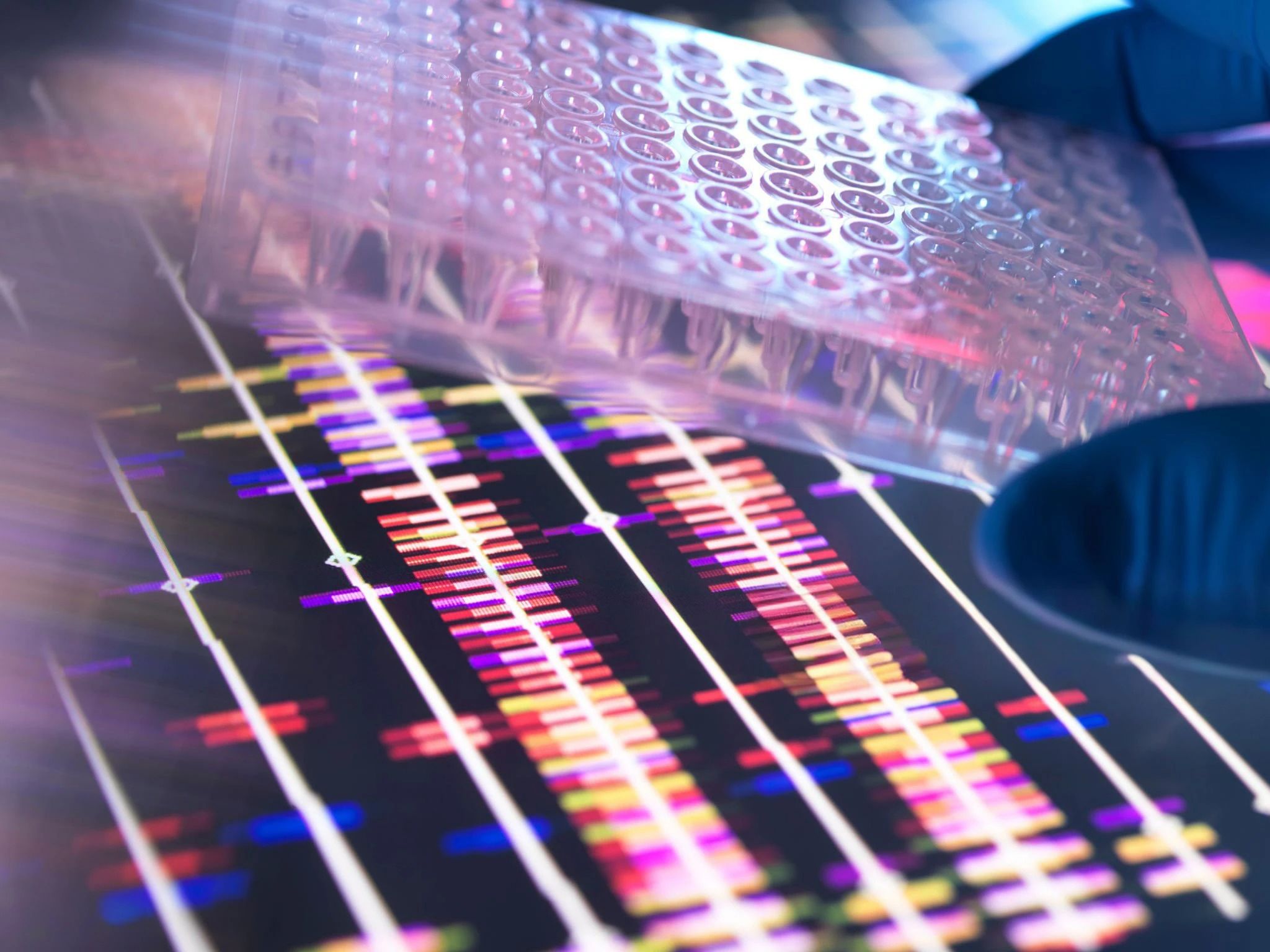Expert Tips for Preparing for Your DNA Paternity Test
Understanding the Basics of DNA Paternity Testing
DNA paternity testing is a powerful tool used to establish a biological relationship between a child and a potential father. This test can provide peace of mind and clarity in various personal and legal situations. Understanding the basics of how DNA testing works and preparing for it effectively is crucial for accurate results.
DNA tests compare genetic material from the alleged father and child to determine if they share a biological connection. The accuracy of these tests is extremely high, often exceeding 99.9% when determining paternity. However, proper preparation is essential to ensure the reliability of the test outcomes.

Choosing the Right DNA Testing Service
Before undergoing a DNA paternity test, it's vital to select a reputable testing service. Look for companies that are accredited by recognized bodies such as the American Association of Blood Banks (AABB) or equivalent organizations in your country. Accreditation ensures that the testing procedures meet high standards of accuracy and reliability.
Consider whether you need the test for personal reasons or legal purposes. Legal tests have stricter protocols regarding sample collection and chain of custody, which are necessary if the results will be used in court. Make sure the service you choose can accommodate your specific needs.
Preparing for Sample Collection
One of the most important steps in preparing for a DNA paternity test is ensuring proper sample collection. Typically, samples are collected using buccal swabs, which involve gently swabbing the inside of the cheek to gather cells. This method is non-invasive and painless, making it ideal for both adults and children.

To guarantee optimal results, avoid eating or drinking anything other than water 30 minutes before collecting samples. This helps prevent contamination that could interfere with the test's accuracy. Follow the instructions provided by your testing service carefully and ensure all samples are clearly labeled.
Understanding Test Results
After the samples are collected and sent to the laboratory, the waiting period begins. The time it takes to receive results can vary but is typically between one to two weeks. Reputable services often provide secure online portals where you can track the status of your test.
Understanding the results is straightforward. A 99.9% probability of paternity indicates a biological relationship, while results showing a 0% probability suggest no relation. If you have any questions about your results, don't hesitate to contact your testing service for clarification.

Handling Emotional and Legal Considerations
The results of a DNA paternity test can have significant emotional and legal implications. It's essential to prepare yourself emotionally for any outcome and consider seeking support from friends, family, or professionals if needed.
If the test is part of a legal process, be aware of how the results may impact custody arrangements, child support, or adoption processes. Consulting with a legal professional who specializes in family law can provide guidance based on your specific circumstances.
